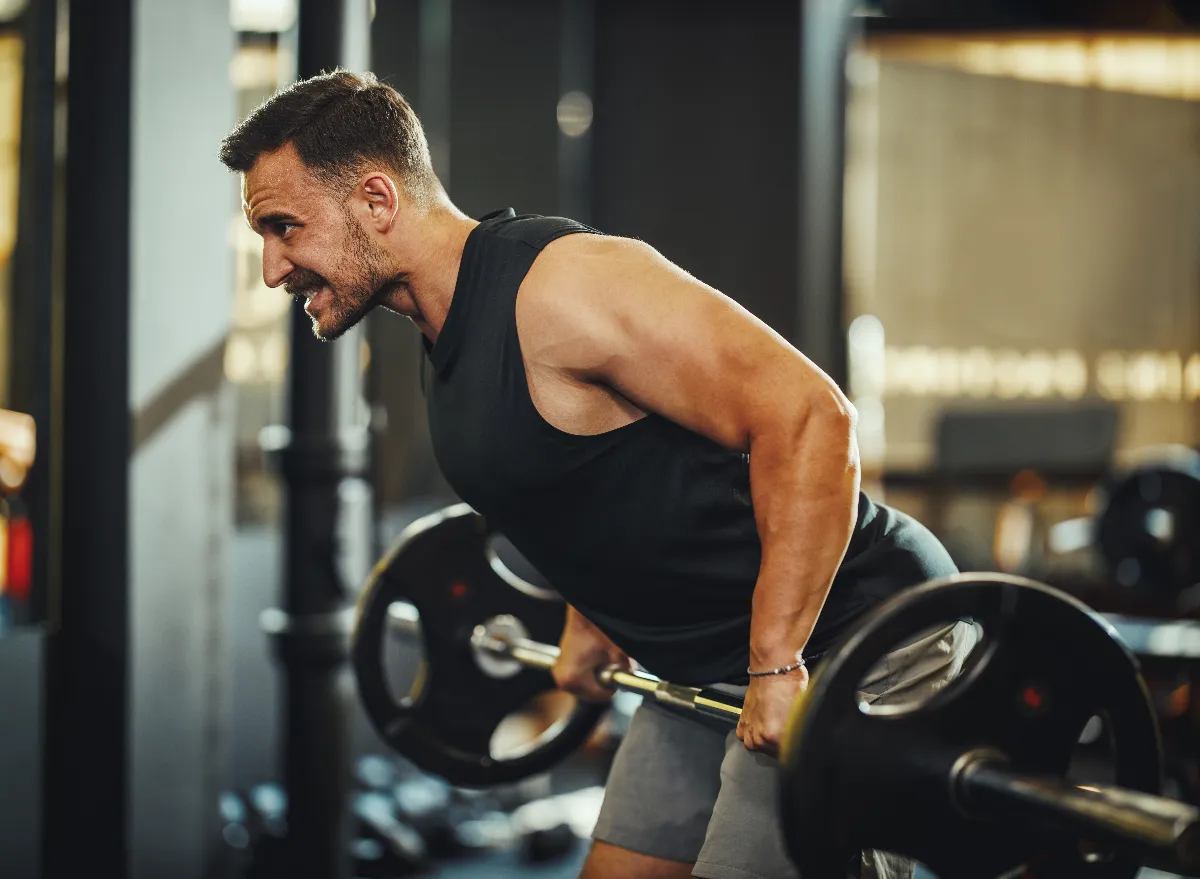If you’re hitting the gym to pack on size and feel more energized, your routine needs to do more than just break a sweat. The truth is, some exercises are far better at increasing muscle mass and promoting natural testosterone production than others. In this guide, we’ll share 5 strength exercises to build muscle & boost testosterone so you can start training smarter, not harder.
These compound moves target multiple muscle groups, stimulate more hormone release, and push your body to grow stronger. They’re time-tested, powerful, and perfect for anyone serious about building a strong, capable body.
Why Testosterone Matters for Strength
Testosterone plays a big role in building muscle. It supports protein synthesis, enhances muscle recovery, and gives you the drive to push through tough workouts. When your testosterone levels are in a healthy range, you’ll gain more lean mass, burn fat more efficiently, and feel mentally sharper.
Lifting heavy with the right form and intensity triggers a surge in testosterone. That’s why compound lifts are key. Now, let’s look at the best moves to get those gains rolling.
Barbell Squat
The king of all strength exercises, the barbell squat is a total-body movement that demands effort from your legs, core, and back. It also produces a powerful hormonal response.
When you perform squats with proper form and challenging weight, your body releases more testosterone and growth hormone to support recovery and growth.
How to do it:
- Place the barbell across your shoulders
- Keep your chest up and core tight
- Lower yourself until your thighs are parallel to the ground
- Drive through your heels to return to standing
Do 3–5 sets of 6–8 reps with good form. Make it part of your weekly lower-body training.
Deadlifts
Nothing beats the raw power of deadlifts. This movement hits nearly every muscle in your body, especially your glutes, hamstrings, traps, and core. It also puts a major demand on your central nervous system, leading to a spike in testosterone.
Deadlifts build functional strength and support better posture, grip strength, and athletic performance.
How to do it:
- Stand with feet hip-width apart and barbell over midfoot
- Grip the bar just outside your knees
- Keep your spine neutral and chest lifted
- Drive through your feet to lift the bar to hip height
- Lower with control
Do 3–4 sets of 5–6 reps. Rest between sets to recover fully.
Bench Press
If you want a bigger chest and stronger triceps, the bench press is your go-to move. It also activates your shoulders and upper back, making it a great push exercise. Heavy benching increases anabolic hormone production and supports upper-body growth.
How to do it:
- Lie flat on the bench with your feet planted
- Grip the bar slightly wider than shoulder-width
- Lower the bar to your chest slowly
- Press it back up with control
Stick to 3–5 sets of 6–10 reps. Focus on perfect form and progressive overload.
Pull-Ups
Pull-ups are one of the best bodyweight exercises for upper-body strength. They hit your lats, biceps, shoulders, and core all at once. This intense, functional movement can challenge your muscles in a way that encourages testosterone release naturally.
If regular pull-ups are too difficult at first, use a resistance band or an assisted machine to work up to full reps.
How to do it:
- Hang from a pull-up bar with a shoulder-width grip
- Pull yourself up until your chin passes the bar
- Lower back down slowly and repeat
Aim for 3–4 sets of as many reps as possible. Add weight when you get stronger.
Overhead Press
The overhead press is a foundational lift for building shoulder mass and upper-body stability. It challenges your delts, traps, and triceps, while also requiring core engagement to keep you upright. Lifting overhead engages large muscle groups, which supports hormone production.
How to do it:
- Stand tall with a barbell at shoulder level
- Grip the bar slightly wider than your shoulders
- Press the bar overhead until your arms are fully extended
- Lower slowly to the starting position
Complete 3–5 sets of 6–8 reps. Control the movement and avoid arching your back.
Additional Tips to Boost Testosterone Naturally
Get Enough Sleep
Recovery is where the magic happens. Sleep is when your body repairs muscle and regulates hormone production. Aim for 7 to 9 hours of quality rest every night.
Eat Healthy Fats
Good fats help regulate hormone function. Include foods like avocados, eggs, olive oil, and nuts in your diet to support testosterone naturally.
Avoid Overtraining
Too much training with too little recovery leads to high cortisol levels, which can lower testosterone. Make sure to schedule rest days and deload weeks.
Keep Stress Low
Chronic stress raises cortisol and kills your gains. Practice stress-relief strategies like walking, meditation, or yoga to keep your hormones balanced.
FAQs About Muscle Growth and Testosterone
Can lifting weights really boost testosterone?
Yes, especially compound strength exercises like squats and deadlifts. They stimulate a strong hormonal response, which supports muscle growth and boosts testosterone levels naturally.
How often should I do these exercises?
2 to 3 times a week, depending on your split and recovery. Focus on good form and increase weight over time to see results.
What’s the best diet to support muscle and hormone growth?
A diet rich in lean proteins, complex carbs, healthy fats, and micronutrients. Don’t skip meals and stay hydrated.
Is it okay to do cardio with these strength exercises?
Yes, but don’t overdo it. Too much cardio can reduce muscle mass and suppress testosterone. Keep sessions short and focused.
How long does it take to see results?
You may start noticing strength gains in 3–4 weeks, and visual changes in 6–8 weeks with consistent training and nutrition.
Final Thoughts
If you want to transform your physique and support natural hormone health, these 5 strength exercises to build muscle & boost testosterone should be part of your weekly routine. They work because they challenge your body in all the right ways.
Combine them with smart recovery, solid nutrition, and good sleep, and you’ll be on the fast track to building serious strength. Keep it simple, stay consistent, and train with purpose.










